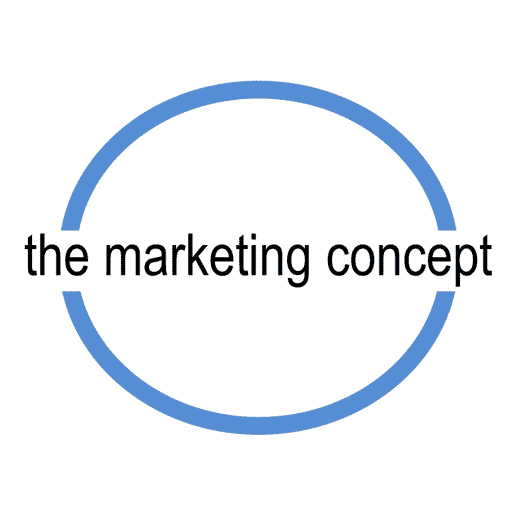seeking a competitive advantage
Stephen Fanning
Over lunch at a recent marketing conference, three general managers, from three different organisations, start to discuss their own views on building relationships with customers. Whilst there are a number of differences between the businesses, there are similarities – each business operates in a competitive marketplace and each wants to build sales, reduce costs, and build the value of their businesses. They each recognise the importance of profitable4 exchange relationships4 – and the importance of the marketing concept.
One of the general managers, Catherine, states that in her business it is sometimes hard to define who is a customer; she states, “that everyone is a type of customer.” The others agree and after some discussion arrange to catch up later in the week to have a coffee and share ideas. There is no conflict of interest as they are all from different industries and hope to learn from each other. The three general managers are Catherine, George, and Alan; their profile is described below.
Catherine is employed by a private equity company – the company has three strategic business units. She is general manager of a business unit that is the franchisor of a fast-food chain and they operate under the name of Pasta5. They operate within the food courts of major shopping centres; an independent franchise operator operates each outlet. Catherine’s organisation carries out a number of organisational tasks on behalf of the franchisees, including the bulk buying of ingredients, the negotiations of leases, and national marketing communication tasks. The franchisees are involved in all interactions with the end-customer; however, customer complaints about quality often find a way to her desk.
George is a partner and general manager of a whitegoods wholesaler. His organisation has been established for over 35 years. George sources products from overseas including some well-known brand names. His company sells the products through builders, electrical retailers, and department stores. Although the builders, retailers and department stores handle the exchange and delivery of products there is often end-customer contact. George has a showroom where products are displayed and product information is available, this is particularly important point of difference for builders. Furthermore, George’s service technicians rectify any after-market warranty concerns. In turn, his organisation bills the product manufacturer when there are defects.
Alan is the general manager of an automotive retailer; he supervises 18 salespeople and 25 mechanics and 12 office staff. Alan describes this as a “cut-throat business.” The salespeople are very competitive and can often react when they feel a sale is ‘poached’ by another salesperson. If unmanaged, salespeople will sell below-cost if their commissions are not tied to profitability. Also, many car salespeople are transient and move whenever they get a better offer. This has a number of problems; for example, transient salespeople care more about their commissions than customer satisfaction and often overpromise and under deliver. Transient salespeople are prone to access the company records to find prospects for their new yard. The car mechanics present a different set of problems some days they are less attentive than others [quality of work varies] and will often fail to meet promised deadlines.
The day before they meet for coffee, Catherine emails the others and asks if she can invite a colleague to the meeting. Her colleague is well regarded and has both academic business qualifications and practical experience. The others agree and think that gaining an informed opinion has merit.
Tasks
You [Catherine’s colleague] agree to meet the others and offer any insights that you can. However, you recognise that no two businesses are ever the same and all businesses vary by situational factors – the customer, the organisation, the market, and the product. After reading the Vignette and considering your role as Catherine’s colleague please answer the following questions:
Assume that each of the 3 businesses has adopted the marketing concept and is practicing a marketing philosophy.
- Explain how a marketing philosophy can be applied to achieve the 3 marketing [communication] objectives of attracting customers, retaining customers, and enhancing the relationship with existing customers [please employ the businesses within the vignette to help demonstrate your knowledge of the unit material].
- The marketing concept puts forward the view that organisations that best satisfy their customers’ needs are best placed to satisfy their own needs. Discuss how the marketing concept is linked to the circle of satisfaction. Discuss how the marketing concept and the circle of satisfaction can be applied to achieve the three marketing objectives of increasing sales revenue, reducing costs as a percentage of sales, and building the value of the business.
- There are a number of product considerations that influence marketing strategy. The 3 businesses have a number of different product considerations. What are the recognisable differences and explain how the differences would provide challenges for each general manager?
- Explain the buyer decision process and then detail why an understanding of the buyer decision process is crucial for the 3 general managers [employ the businesses within the vignette to demonstrate your knowledge of the unit material].
- Explain the total product and then detail why an understanding of the total product is crucial for the 3 general managers [employ the businesses within the vignette to demonstrate your knowledge of the unit material]. For example: identify Catherine’s core product, expected product, augmented product, and potential product.
